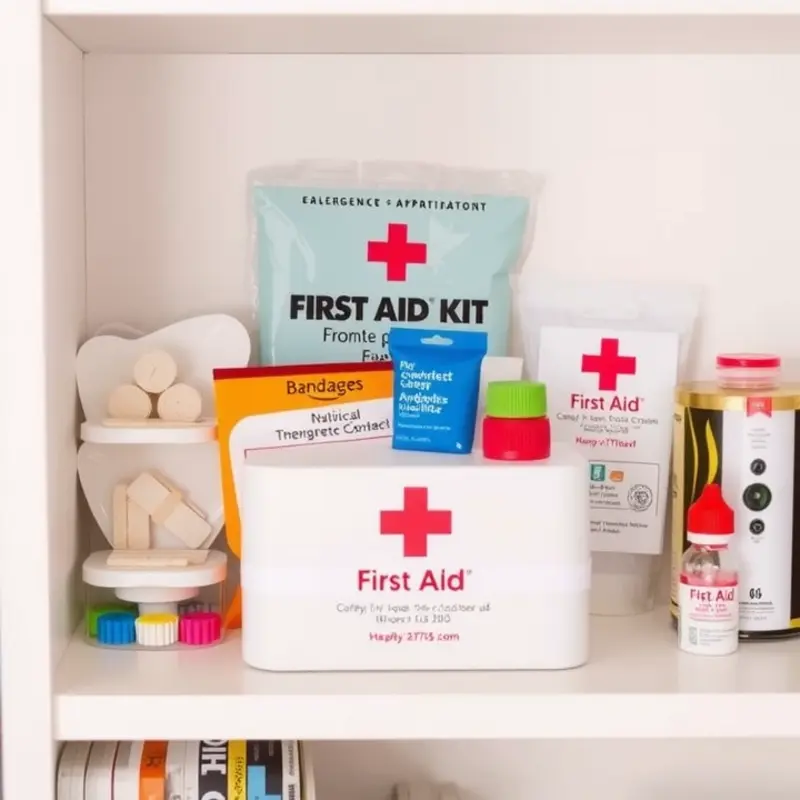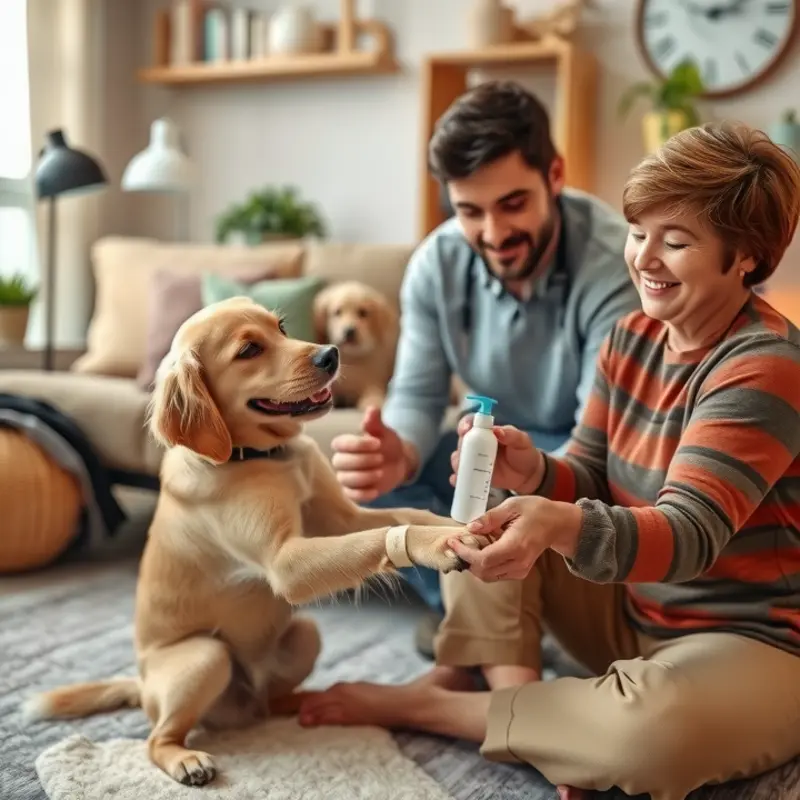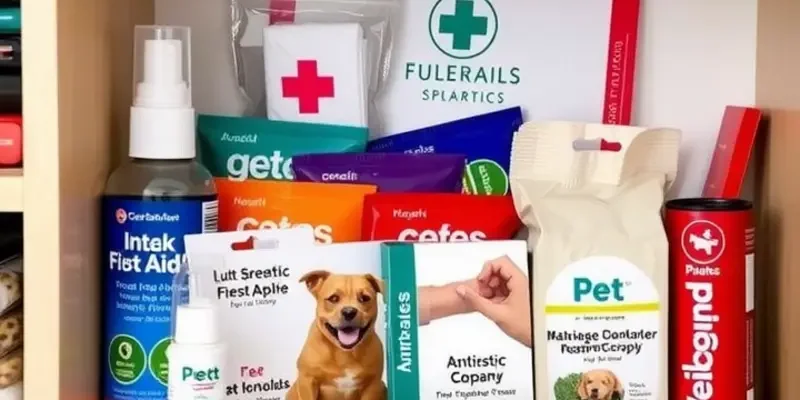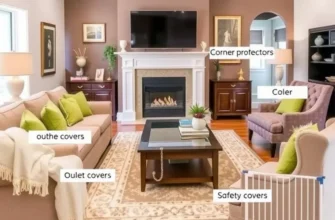As a pet owner, ensuring the safety and well-being of your furry companions is a top priority – especially when living in an apartment. With the unique challenges that come with shared spaces, it’s crucial to be prepared for potential pet injuries or emergencies, whether your pet is a curious cat or a playful puppy. Creating a pet-friendly apartment goes beyond comfortable living arrangements; it also includes equipping your home with essential first aid materials for your beloved pets. Understanding basic pet first aid can provide you with the confidence to handle unforeseen situations and ensure your pets remain healthy and happy. This guide provides practical information and step-by-step advice for families, couples, and pet owners living in apartments, so you can enjoy your pet parenthood while maintaining a safe home environment.
Creating a Pet First Aid Kit

Every responsible pet owner knows the importance of being prepared for an emergency. In an apartment setting, space is limited, yet having a pet first aid kit ready and accessible is crucial. A well-stocked kit can make a significant difference when a minor injury occurs or while waiting for veterinary assistance. Here’s how to create a compact yet comprehensive kit for your furry friends.
Start with a sturdy, waterproof container to hold all supplies. A container with multiple compartments will help keep items organized and reachable. Label the kit clearly, and ensure every household member knows its location. It’s wise to place it in an area that is easy to access, even during moments of panic, such as near your other emergency supplies.
Essential Items:
- Bandages and Gauze: Pack various sizes to address cuts or wounds. Non-stick bandages are ideal in preventing further irritation.
- Adhesive Tape: Keep a roll of fabric or paper adhesive tape to secure bandages without sticking to fur.
- Antiseptic Wipes or Solution: Use these for cleaning small cuts or abrasions. Ensure they are pet-safe to avoid harmful chemical exposure.
- Tweezers: Useful for removing splinters, debris, or ticks. Select a fine-tipped pair for precision and ease.
- Scissors: Include a small pair for cutting bandages or gauze to size.
- Gloves: Pack disposable gloves to maintain cleanliness and prevent infection transmission.
- Digital Thermometer: Ensure it is specifically for pets, as their temperature readings can differ from humans.
- Instant Cold Pack: For reducing swelling after strains or sprains. Single-use packs are more convenient in a restricted space.
- Hydrogen Peroxide: Consider adding this for inducing vomiting if instructed by a veterinarian. Use only under professional guidance.
- Eye Wash Solution: Safe for pets, this is necessary for rinsing eyes in case of irritants or foreign objects.
- Hydrocortisone Cream: Pack this to help soothe and reduce itchiness from bites or rashes.
- Pet Information and Emergency Contacts: Include a document with your pet’s medical records, vaccination history, and vet contact details. Additionally, list local emergency veterinary clinics, such as those found in this guide.
Periodically check your first aid kit to replace expired or used items. Regular maintenance is vital to ensure everything functions as expected in an emergency. Given the confined nature of apartment living, every item needs to have a reason to occupy the space it takes.
By taking the time to assemble and maintain a pet first aid kit, you’ll be better prepared to handle emergencies. Remember, while a first aid kit is essential, it does not replace professional veterinary care. For serious concerns, always consult a veterinarian immediately.
Handling Common Pet Emergencies

Accidents happen, but knowing how to respond can make all the difference when it comes to pet emergencies. While every situation is unique, preparing for common scenarios can have a significant impact. By exploring the basics of first aid, you can ensure your pet receives prompt and effective care.
Imagine your cat leaps from a window ledge and lands badly, resulting in a minor cut. First, remain calm and assess the injury. If bleeding, apply gentle pressure with a clean cloth or gauze for a few minutes to stop it. Once the bleeding stops, clean the wound with lukewarm water to remove any dirt or debris. Cover the area with a sterile bandage if possible to prevent further contamination.
For dog owners, choking is a more immediate threat. If your furry friend is wheezing, coughing, or pawing at their mouth, quick action is essential. Start by carefully prying their mouth open and checking for any visible obstructions. If you can see something, gently remove it, ensuring not to push it further down. If unsuccessful, perform the Heimlich maneuver by applying firm pressure to the abdomen just below the rib cage. This can dislodge the object. For more comprehensive preparation on such emergencies, exploring rental property safety responsibilities can provide additional insights (See here).
Heatstroke is another serious concern, especially during warm months. Pets can overheat quickly in hot apartments. Signs include excessive panting, drooling, or lethargy. Begin by moving your pet to a cooler area. Wet their fur with lukewarm (not cold) water, and provide small sips of water if they’re conscious. Avoid using ice as it can constrict blood vessels and hinder cooling. Always contact a veterinarian after providing initial care to ensure further treatment isn’t needed.
Beyond these scenarios, understanding basic pet behavior is crucial. Pets often hide injuries, so regular checks are vital. If you suspect poisoning, whether from household items or plants, call a vet or a pet poison hotline immediately. Inducing vomiting without professional guidance can sometimes worsen the situation.
Cats and dogs can still encounter other emergencies, like burns or electrocution from household sources. To avoid these, ensure wires are out of reach and that your apartment is pet-safe. If such incidents occur, treat any burns with cool (not freezing) water and seek vet care promptly.
Prevention is the best strategy. Pet-proof your apartment and be aware of hazardous materials. Equip yourself with a basic first aid kit tailored for pets. Include sterile pads, bandages, a muzzle (because injured pets may bite), and some gauze. Having these tools on hand ensures you’re prepared for most scenarios.
In handling these emergencies with knowledge and calm, you provide essential care to your pet in their time of need. Always consult with a vet for follow-up care as soon as an emergency subsides to ensure a full recovery.
Final words
Being a responsible pet owner means being prepared for anything that might come your way. Transforming your apartment into a safe haven for your pets involves not only creating a comfortable living space but also preparing for emergencies with essential first aid supplies. By equipping yourself with the knowledge and tools necessary to handle situations, you can ensure your furry friends remain healthy and safe. Remember, a little preparation goes a long way in fostering a nurturing environment for your family and pets alike!









